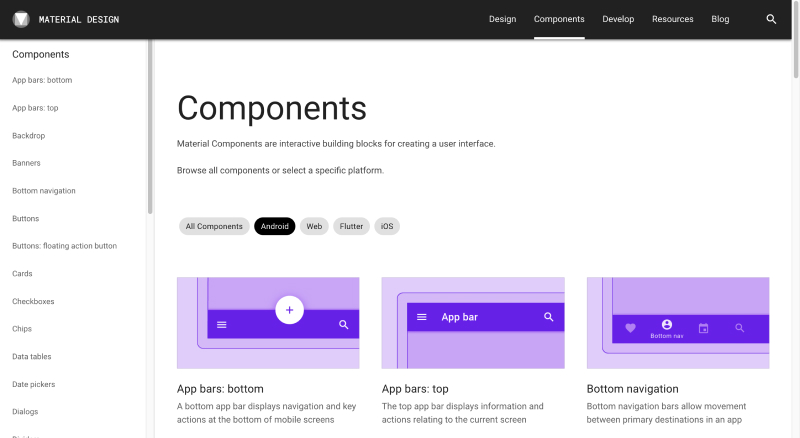Imagine driving a car on a busy street. There are no traffic lights, road signs, or speed cameras. Not even the police.
One driver is driving at 50 mph, the other at 100 mph. There's nothing but chaos because everybody does what they think is best. This comes from the lack of regulations that would bring order.
The case looks similar when it comes to the design. Every company without precisely defined design rules is destined to have problems.
That's why it's important to introduce a Design System.
Designers play a crucial role in a market rich with digital products. The competition is so large that one of the characteristics that can distinguish us in the market is the visual side of our product.
Graphic designers are under massive pressure that forces them to work on many projects and maintain high quality while working as fast as possible, if not quicker. Something like that can only be achieved when our company has standards defined by a Design System.
What is a Design System?
Now, let's answer the question: What is a Design System, and what does it contain?
- A collection of guidelines allowing us to design consistently and implement a product.
- Contains a set of components and rules determining how to use them.
- Determines elements of branding, interface appearance, and user behaviors.
- Facilitates the cooperation between a designer and programmer and speeds it up.
- Develops along with other project stages — it's not a single-use product.
In summary, the Design System contains basic guidelines and interface elements. It ensures additional convenience through a library of graphic components and source code.
That's not all. We can combine the Design System with elements of branding and visual identity, language, communication, vision, etc.
The Design System assumes that constructing clear rules for creating subsequent interfaces or components is the most important thing. It's a set of instructions that we follow to improve the work of a team and save time and money.
Let's consider a situation in which there are changes in the team, and a new employee proposes original ideas and uses a different typeface or fragments of code. In such a moment, we'll quickly realize how much we need clearly defined norms.

Meanwhile, the system makes it possible to use elements repeatedly and ensures consistent product development. We speed up the design and implementation time and ensure visual and functional consistency thanks to such repeatability. Of course, this is also followed by a positive user experience. Standardization provides us with scalability, easier development, and optimization.
After all, we know that a digital product is subject to constant changes. The speed of implementation and control over the implemented changes (concerning technology and interface appearance) becomes challenging.
We know that the more advanced the project, the less uniform it is. As a result, the interface is inconsistent, and problems with version control and technological debts emerge.
Design System — a short history lesson
Alright, that's enough in terms of the Design System’s operation. So, who started it all? The concept of uniformity in design was first conceived by Brad Frost, who is responsible for Atomic Design. In his book, he calls for creating modules based on which designers can build and develop their work.
According to Frost, the foundation of work is an organized system consisting of five sections with an increasingly growing degree of development and accuracy. He claims that since the world was created from microscopic atoms, it's possible to make digital products in a similar way.
That's why Atomic Design consists of atoms, molecules, organisms, templates, and ready-made pages. The examples of the first ones are text styles, buttons, or specific elements of a form.
However, in the history of the Design System, Google played a much more critical role. In 2014, the giant released Material Design, a collection of rules and best practices that teams should follow during the development of applications.
Material Design tried to combine the best practices of template libraries with atomic design rules. Google came up with this idea because it wanted the Android applications to be more refined.

What does the Design System guarantee?
As a little summary, let's recall what the Design System ensures:
- Scalability and consistent product development.
- Repeated use of the same elements.
- Speeding up design and implementation time.
- Visual and functional consistency.
- Positive user experience.
We listed more benefits of the Design System in a previous article. In another one, we described how to implement the Design System step-by-step. We invite you to read them!
Hero shot: MaxPixel.com






